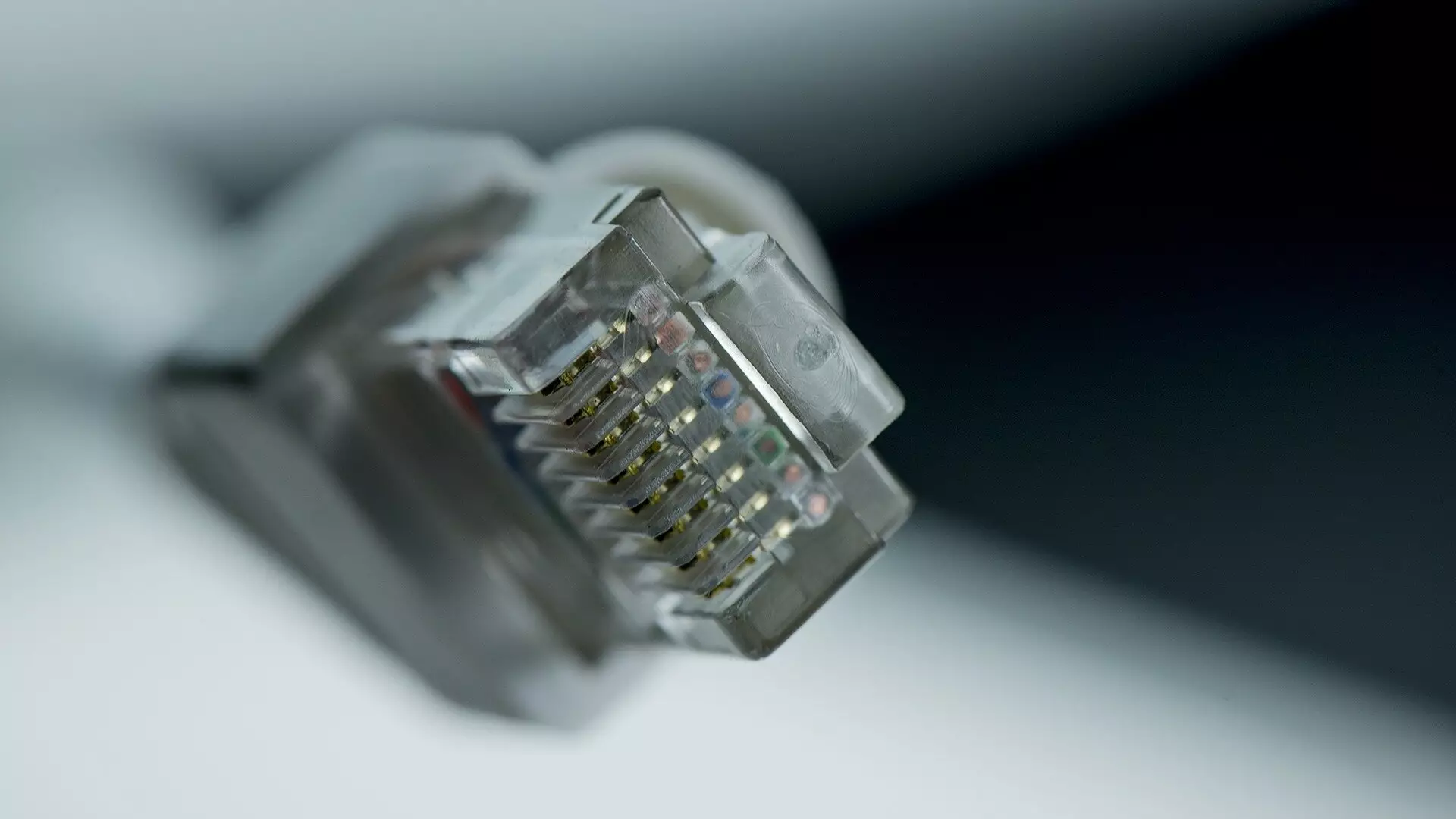In an era where digital connectivity is paramount, initiatives aimed at bringing high-speed internet to remote and underserved areas hold critical importance. A multibillion-dollar federal investment in subsidizing internet service providers (ISPs) was intended to fulfill this promise by enhancing access to broadband in rural communities. However, research conducted by scholars at the University of California, Santa Barbara, reveals a troubling truth: the support that facilitated connections dissipated once federal funding ceased. This situation calls into question the effectiveness and sustainability of such subsidy programs as a long-term solution to the persistent digital divide.
The underlying rationale of the federal initiative, particularly through programs like the Connect America Fund (CAF), was to promote digital inclusion. By enabling ISPs to recoup their infrastructure costs, policymakers aimed to ensure that even the remotest populations would have access to reliable internet service. As computer science professor Elizabeth Belding highlighted, internet access is no longer a luxury but a necessity, especially in a post-pandemic world where much of daily life happens online.
On paper, the CAF initiative seemed like a resounding success, with claims of millions of addresses covered and meeting Federal Communications Commission (FCC) standards. However, the reality unveiled by the UCSB research team contradicts these optimistic statistics. The team conducted an extensive analysis of ISPs that received the most significant funding from CAF, including major players like AT&T, CenturyLink (now Lumen), and Frontier Communications, which collectively accounted for a staggering 37.5% of the CAF’s total budget. Their findings, however, painted a bleak picture that illustrates systemic failures in service delivery.
The researchers employed a broadband plan querying tool (BQT) that allowed them to validate the accuracy of self-reported service data from the ISPs. They discovered that the reality on the ground was starkly different from the touted achievements. Their investigation revealed a mere 55% serviceability rate and only a 33% compliance rate in meeting upload/download speed requirements. These numbers underscore the dissonance between the information provided to regulators and the actual quality and availability of service experienced by consumers.
The research underscores deeper systemic issues affecting internet connectivity in rural regions. Areas with low population density and challenging terrain pose unique obstacles, resulting in higher costs for infrastructure development. This disparity emphasizes why urban centers maintain robust internet access; the economic model supports ISPs in covering the costs associated with serving densely populated regions. As Belding aptly pointed out, rural areas face a double challenge—not only do they struggle with initial access, but they also remain locked in a cycle of inadequate service quality because of the limited competition.
In their analysis, the UCSB researchers pointed out that competition among ISPs plays a crucial role in enhancing service delivery. Regulated monopoly structures leave consumers vulnerable to inadequate service, as the absence of competition ultimately leads to a deficiency in accountability and performance. The lack of checks and balances stymies innovation and limits improvements that consumers could expect in more competitive markets.
The findings from the research serve as a clarion call for a new approach to evaluating federal broadband initiatives. As Gupta emphasized, post-hoc assessments grounded in data are essential for transparency and accountability. To ensure that underserved populations do not slip through the cracks, such evaluations are necessary to measure the actual effectiveness of large-scale interventions like CAF.
As the federal government rolls out the Broadband Equity Access and Deployment (BEAD) program, initiative stakeholders must heed these lessons to avoid the pitfalls that plagued earlier efforts. The program represents a substantial investment—$42.5 billion—aimed at furthering broadband access across the United States. However, policymakers must prioritize robust assessment frameworks to ensure these funds achieve their intended impact, especially in the most vulnerable communities that have historically been neglected.
As the nation strives to bridge the enduring digital divide, it is critical to recognize that merely providing funding to ISPs is insufficient. Ensuring lasting change requires not only financial investment but also rigorous accountability. The findings from the UCSB research provide a sobering reminder that unmonitored subsidies can lead to inadequate outcomes, further perpetuating inequalities in digital access. Moving forward, a commitment to transparency, competition, and continuous evaluation will be essential in creating a digital landscape that is equitable for all.


Leave a Reply